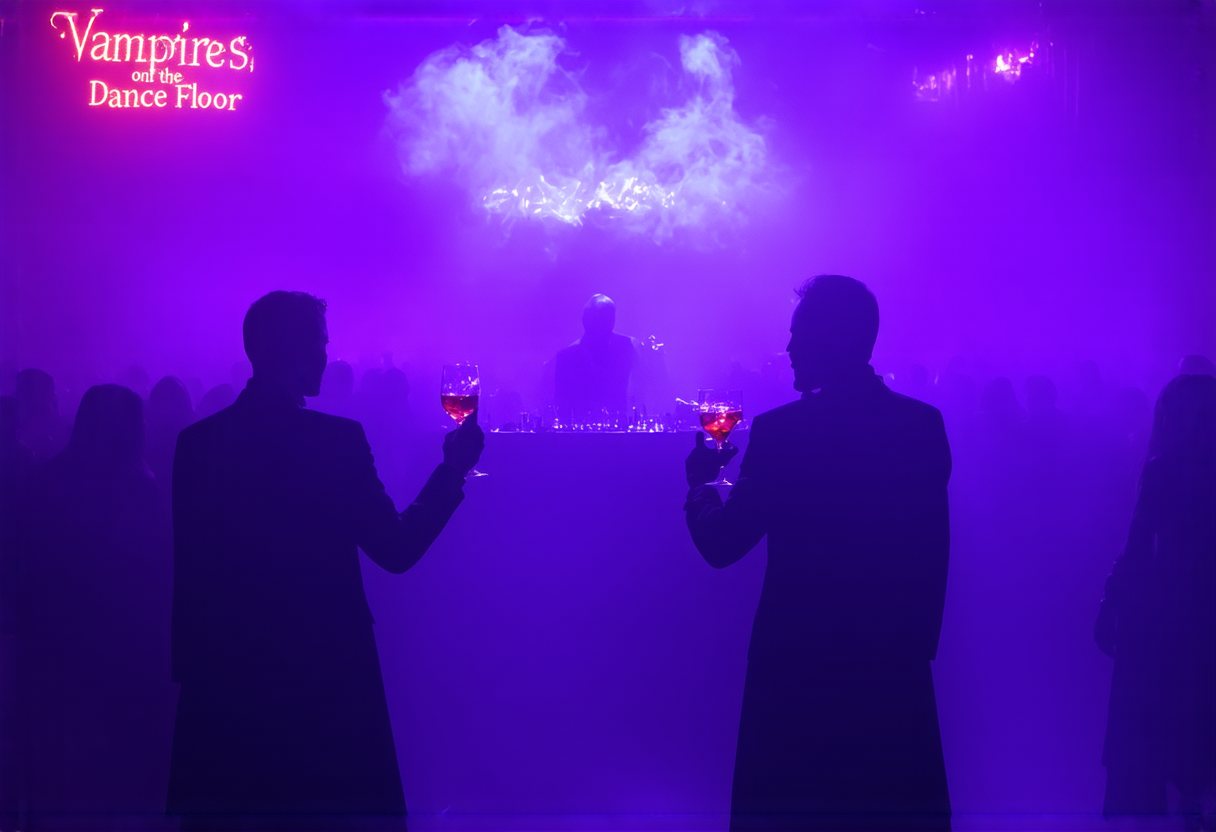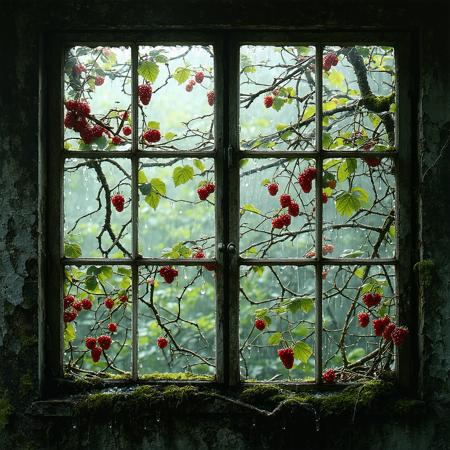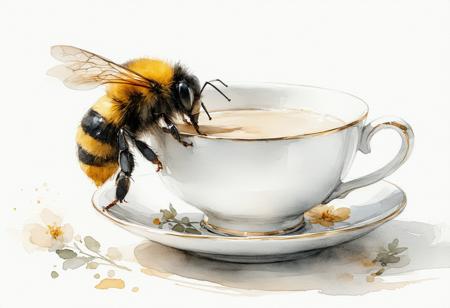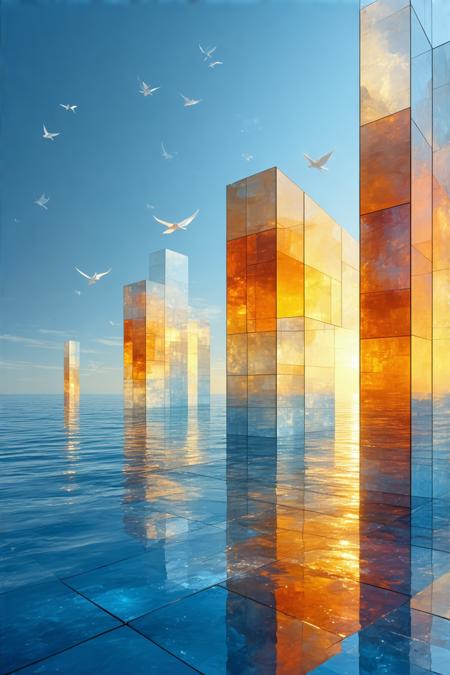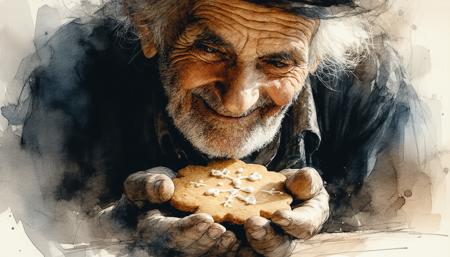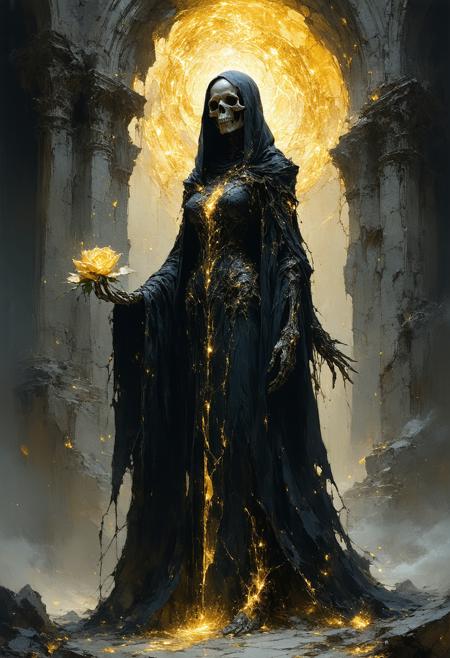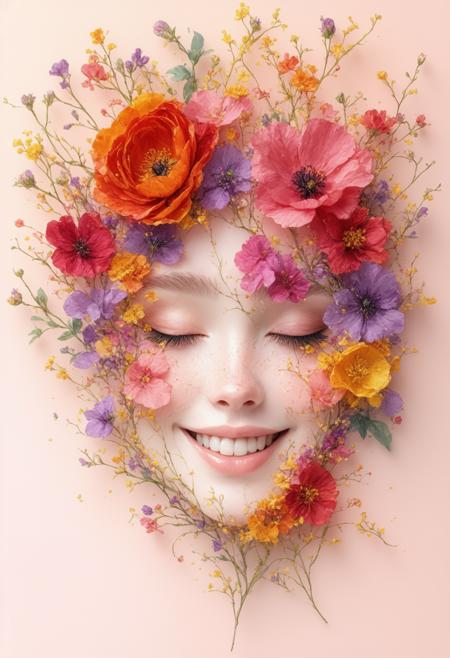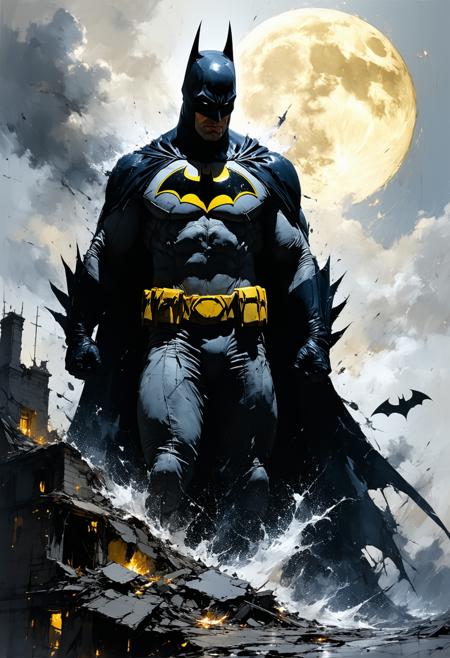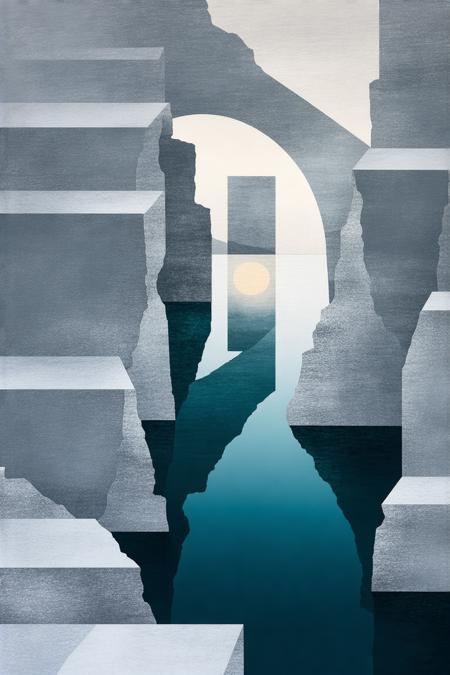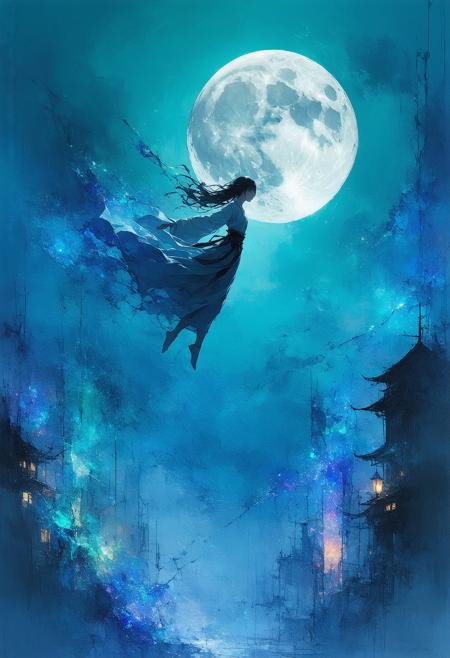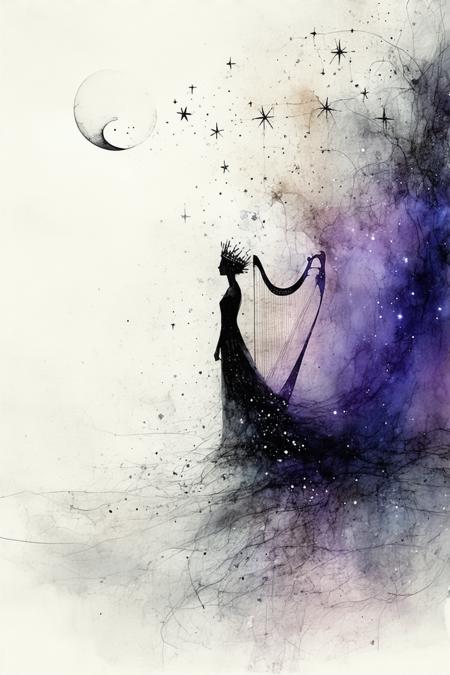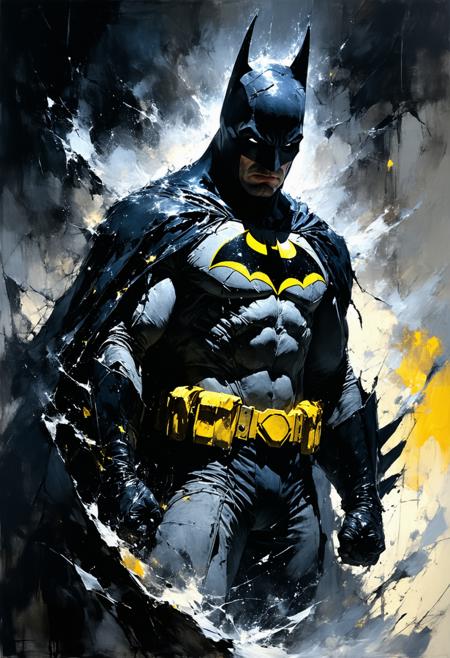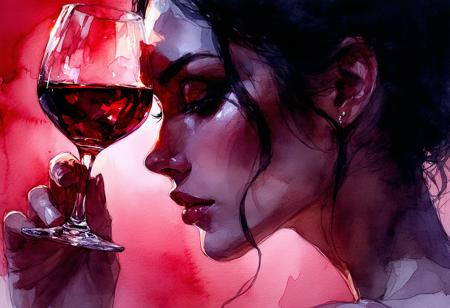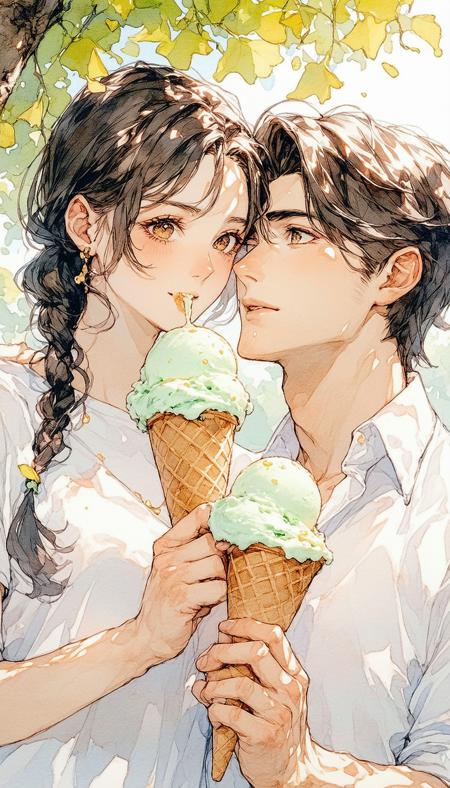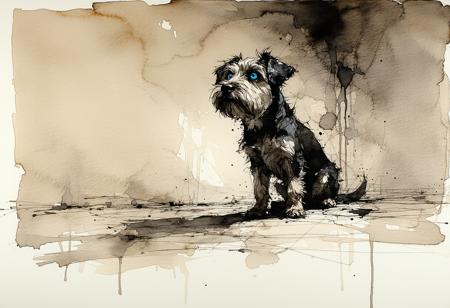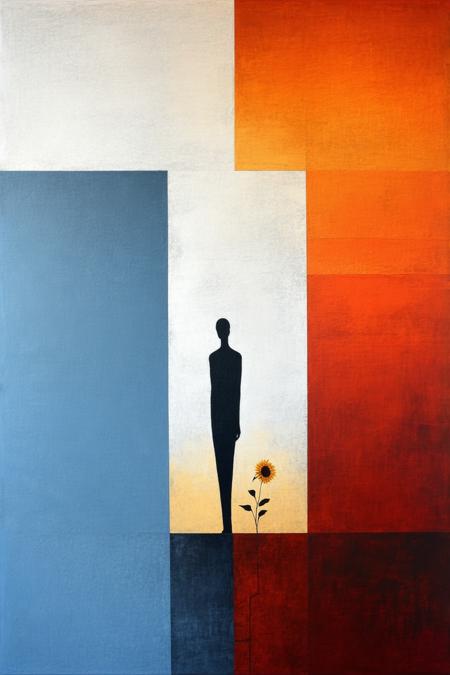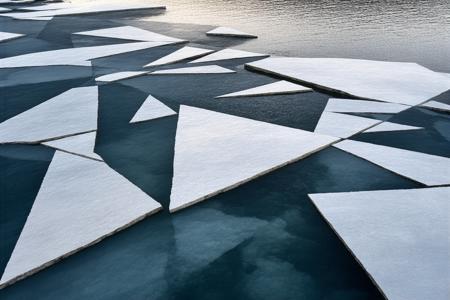Create a visually compelling image inspired by the song 'Vampires on the Dance Floor. ' The scene depicts a crowded nightclub filled with dancing vampires. In the foreground, two vampires, one with a flowing cape and the other in a sleek, modern outfit, are caught mid- dance move. Their fangs are subtly gleaming in the neon light, and one is holding a glass with a dark red liquid (Bloody Mary). Details include the intricate patterns of the cape fabric, the reflections in their eyes, and the stylized jewelry they wear. Behind this, the middle ground shows the pulsating dance floor, packed with vampires of all styles – from gothic aristocrats to modern club- goers. The DJ booth is elevated, bathed in vibrant neon light, with the DJ silhouetted against the glowing backdrop. Specific details include swirling smoke effects, laser beams cutting through the air, and glimpses of gothic- inspired decor. The background features the darker corners of the club, with shadowy booths, flickering candles, and glimpses of neon signs outside. The overall mood is a thrilling mix of gothic elegance, pulsating energy, and playful danger. The transition between the foreground and background is achieved through a combination of sharp focus on the foreground figures and a slightly blurred, hazy effect for the background, creating a sense of depth and movement. Incorporate the text "Vampires on the Dance Floor" in a bold, stylized font, reminiscent of 1980s graphic design, with a neon glow effect, placed across the top of the image. A swirling cloud of smoke partially obscures a group of vampires in the mid- ground. The image evokes the style of 1980s music videos and album art, particularly from the new wave and gothic rock scenes, with a focus on dramatic lighting, vibrant colors, and stylish characters. The color palette is dominated by deep blacks and vibrant neon colors – electric blues, hot pinks, purples, and greens – with accents of blood red from the drinks and subtle hints of silver from jewelry
